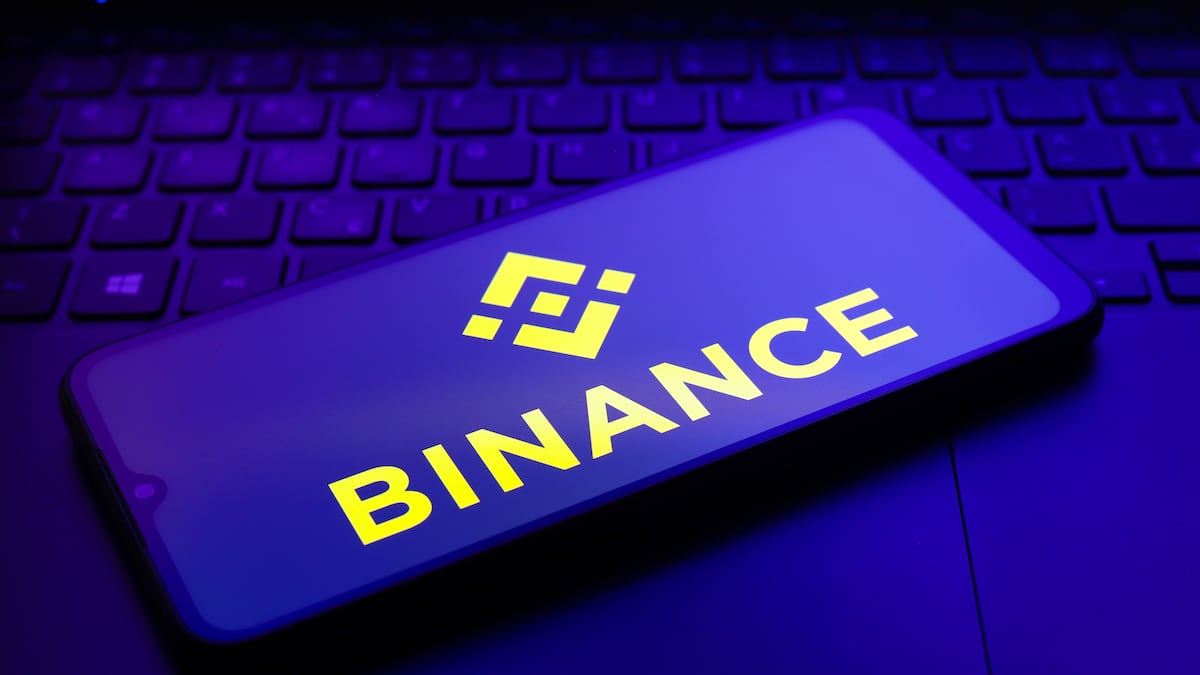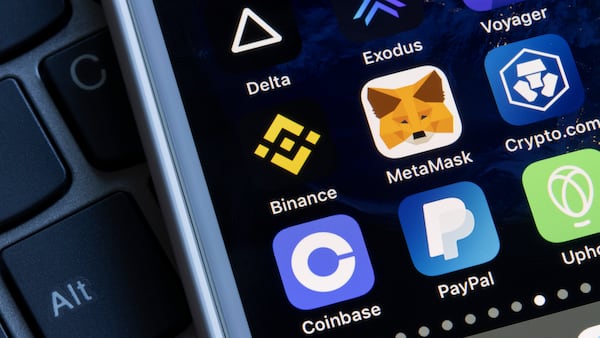- Binance-linked BNB trades for $605.
- Standard Chartered expects that price surge by 2028.
Bitcoin has exchange-traded funds. Solana has memecoins. And Binance’s BNB? It’s old school.
For Geoffrey Kendrick, global head of digital assets research at UK bank Standard Chartered, the Binance-linked token’s price it set to soar.
That surge will be fuelled by its usage on decentralised finance services and it operating more like a concentrated smart-contract platform than rivals like Ethereum and Avalanche, Kendrick wrote in a report this week.
“BNB’s old-fashioned nature makes it unique among the largest digital assets,” he said.
And Kendrick predicted that this will catapult BNB’s price to $1,275 by the end of 2025, and crest $2,775 by the end of 2028 — a 359% increase from Wednesday’s $605 price.
How will BNB pull off that increase? The keys are predictability, the token’s diminishing supply, and its connection to Binance, Kendrick said.
Predictability
BNB’s predictability comes from its steady, “tortoise-like” approach to development, Kendrick wrote.
Other blockchains have raced to implement new features — for instance, Ethereum’s Pectra upgrade will go live on May 7 — but BNB has remained mostly the same since 2021.
And where Ethereum has over 1 million validators, BNB only has 45 that are elected every 24 hours to maintain the network. Its proof-of-authority mechanism elects those validators based on the total number of BNB tokens staked to each node.
“This makes BNB highly centralised relative to other chains,” Kendrick wrote.
These factors have meant BNB has traded “almost exactly in line with an unweighted basket of Bitcoin and Ethereum since May 2021 in terms of both returns and volatility,” said Kendrick.
BNB’s resistance to change, fostered by the mix of a lower developer-base and it’s slow-and-steady approach, suggests that one of its use-cases is that of a can be used “as a benchmark for digital assets overall,” Kendrick wrote.
Diminishing supply
The predictability is also helped by BNB’s deflationary model, Kendrick said.
BNB’s has a yearly inflation rate of -5.3%.
It has achieved that rate by an automated burn mechanism that deletes a varying amount of tokens depending on its price and the number of blocks generated by the blockchain.
The network also burns tokens that are accidentally lost each quarter.
Binance ties
BNB also stands to benefit from its connection to Binance, the world’s largest centralised cryptocurrency exchange.
“Assuming Binance remains one of the largest CEXs, BNB’s value drivers are unlikely to change anytime soon,” Kendrick wrote.
Binance processes a whopping $12 billion in 24-hour volume and is still the leader among centralised exchanges, but its market share has been sliding.
Its share of all trading volume fell to 40% from a 63% peak on total trades back in 2023, according to Kendrick.
That $12 billion figure is nearly five times its closest contender, MEXC. Binance also has 57 million monthly users.
BNB’s relationship with Binance gives it an advantage.
Holders receive discounted trading fees on the platform, creating practical utility regardless of whether the blockchain innovates.
Crypto market movers
- Bitcoin is up 3.2% in the past 24 hours to $96,791.
- Ethereum is up 3.3% over the same time frame to $1,824.
What we’re reading
- Litecoin ETF approval chances spike ahead of key SEC ruling ― DL News
- May’s market moving events ― Milk Road
- 58 crypto wallets have made millions on Trump’s meme coin. 764,000 have lost money, data shows — CNBC
- Michael Saylor Copycats Rush to Win the Solana Rat Race. Can Lightning Strike Twice?― Unchained
- April’s top 5 revenue generators are… ― Milk Road
- Polymarket punters bet on Bitcoin — here’s where they see the price heading ― DL News
Pedro Solimano is a markets correspondent based in Buenos Aires. Got a tip? Email him at psolimano@dlnews.com.






